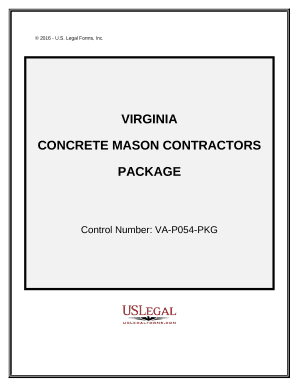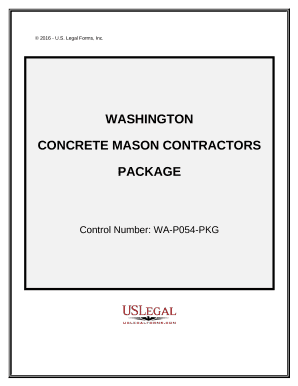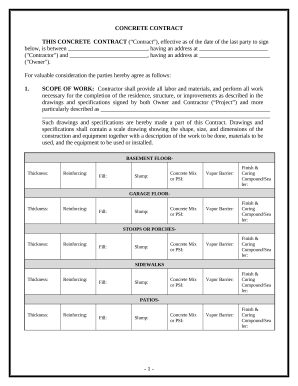






Your workflows always benefit when you can easily get all of the forms and files you need on hand. DocHub delivers a a huge collection of forms to ease your day-to-day pains. Get hold of Concrete Masonry Legal Documents category and easily discover your form.
Begin working with Concrete Masonry Legal Documents in several clicks:
Enjoy seamless document administration with DocHub. Explore our Concrete Masonry Legal Documents category and discover your form right now!